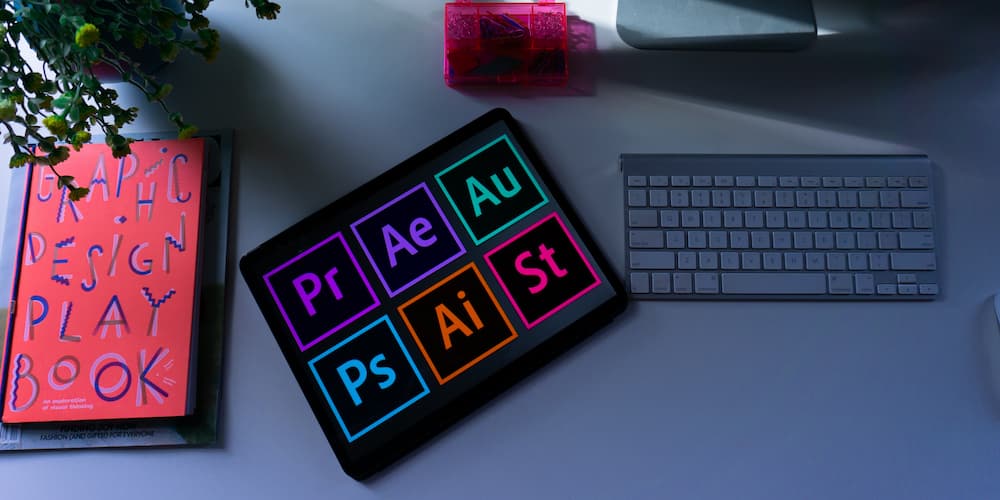Adobe just made a big play into generative AI, one that will fundamentally change how creators use their products.
Adobe recently announced that it plans to use image generation AI (like that seen in DALL-E 2) in its products, including Creative Cloud and Photoshop.
That means, sometime soon, Adobe users will be able to generate images from text prompts and direct AI-powered software to make edits with just a few words.
“We believe the technology will help creatives working in all mediums—video, 3D design, texture creation, logo design, and more,” Scott Belsky, Chief Product Officer for Creative Cloud, wrote in a blog post.
As part of the announcement, Adobe also promoted its Content Authenticity Initiative, which will help creators to show how generative AI was used in work they create using Adobe products.
Why It Matters
In Episode 22 of the Marketing AI Show, Marketing AI Institute founder/CEO Paul Roetzer and I unpacked what Adobe’s move means for marketers.
- Adobe is one of the first, but it won’t be the last. Adobe has no choice but to innovate, says Roetzer. “You need generative image capabilities baked within Adobe products,” he says. “It’s essential. They have no choice.” If Adobe doesn’t act on generative AI, a competitor will. This AI arms race means one thing: No matter how you feel about generative AI, it will be a part of any creative tool or platform you use moving forward. In the process, it will disrupt how creators do their work across industries.
- Disruption will be industry-specific. Generative AI will disrupt different industries at different speeds, says Roetzer. “If you’re in a highly conservative, highly regulated industry like healthcare, it’s probably not going to move as fast,” he says. “But if you’re in retail, ecommerce, consumer goods, etc., there are far less restrictions on how you’re going to use it.”
- And you need to move now if you’re in an industry with few restrictions. That means you need to move fast to grasp this technology if you’re in an industry without heavy regulation. Marketing agencies and corporate brand teams that do content creation as their core value function are at particular risk of disruption in the next 24 months. “I do think there are going to be some people who are going to be left behind pretty quickly,” says Roetzer.
What to Do About It
- Read Adobe’s full take on generative AI here.
- Get up to speed fast with our Intro to AI for Marketers free live online class.
- Get our book, Marketing Artificial Intelligence: AI, Marketing, the Future of Business to understand the full AI opportunity for your career and company.
PS — You can hear the whole conversation about this topic and more cutting-edge AI news in Episode 22 of the Marketing AI Show, out now.
Mike Kaput
Mike Kaput is the Chief Content Officer at SmarterX and a leading voice on the application of AI in business. He is the co-author of Marketing Artificial Intelligence and co-host of The Artificial Intelligence Show podcast.


